An open question to those who have embraced Linux…
Let’s imagine that you have had a few really great applications you came to know under Windows over the years.
Have you been able to achieve the equivalent functionality under Linux?
Beyond the few really essential applications, I’ve been using Windows so long with my productivity tweaks that I imagine I’d have a heckuva “unlearning curve”. So, second question:
Do you feel you’ve been able to get Linux up to a level of productivity that more or less matches what you had achieved with Windows?
-Noel



